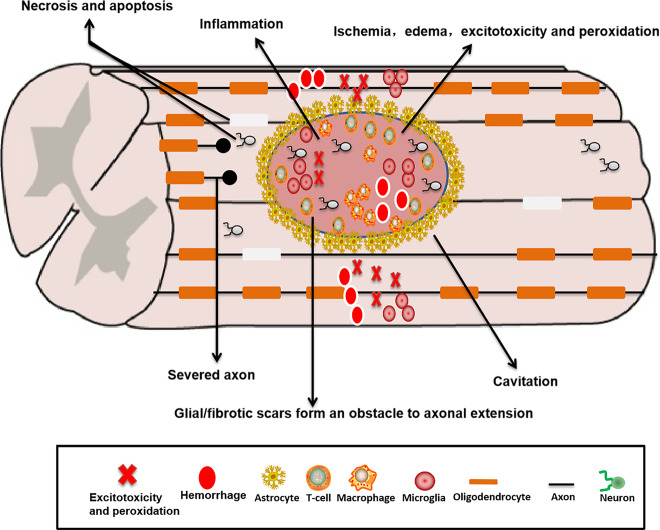Fig. 2. Pathophysiological mechanism of SCI.
During SCI, the primary injury leads to the production of free radicals and a chronic state of causing ischemia and hypoxia, resulting in glutamate excitotoxicity, lipid peroxidation, calcium influx, edema and cellular damage. Finally, inflammation and immune response affect the integrity of adjacent tissues. Secondary injury leads to demyelination of the axons, glial cell proliferation, the loss of damaged cells and the disconnection of living neurons, culminating in formation of a microenvironment that is not conducive to nerve regeneration.

